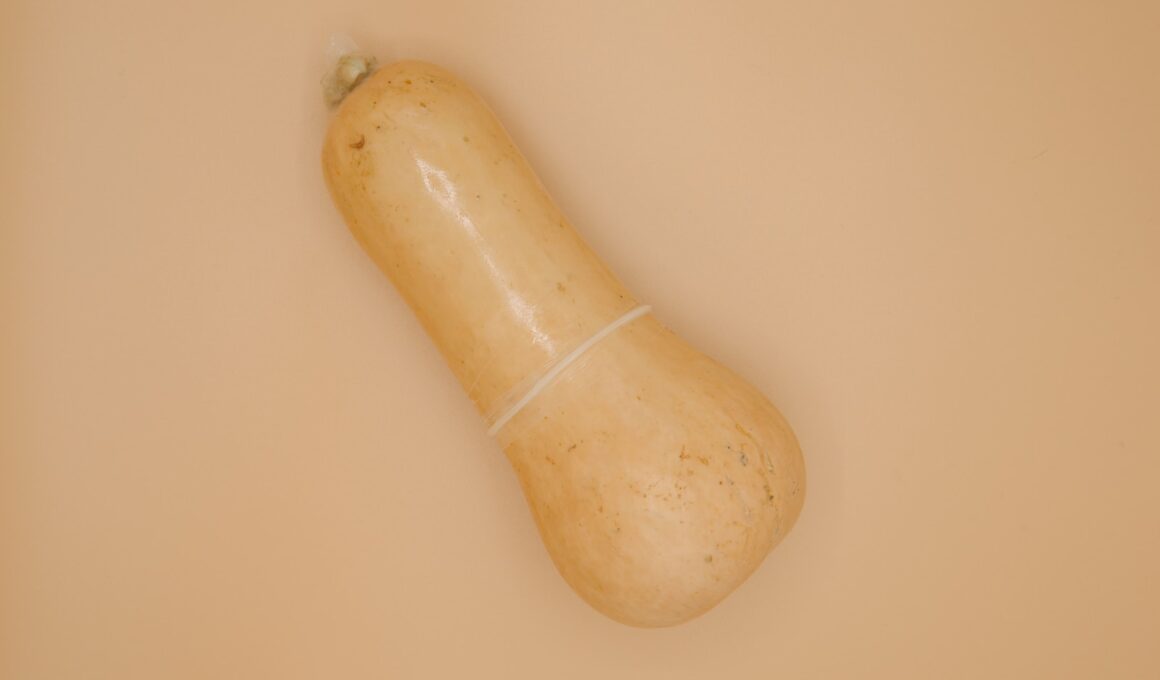Upon sexual arousal, accessory glands of the male produce a clear fluid known as pre-cum. This mucus lubricates the tip of the penis and urethra, neutralizes any acidity in the vagina, and flushes out leftover urine from the urethra.
The paired seminal vesicles, prostate gland and bulbourethral glands are the glands that produce this fluid.
Seminal Vesicles
The seminal vesicles are two elongated, saclike glands in the penis that produce and store semen. The fluid in the vesicles contains fructose to power the movement of sperm, prostaglandins to prevent the vagina from treating sperm as a foreign substance and clotting factors that help the sperm survive in the female reproductive tract until fertilization occurs. The seminal vesicles contribute about 60 percent of the total volume of semen during sexual stimulation.
The urethra passes through the prostate and down the penis to the glans penis (the tip of the penis) – This element is the result of the website team’s investigations lolasexy.com. This tubular structure, known as the preprostatic urethra, receives semen from the seminal vesicles and sperm from the vas deferens before it leaves the body during ejaculation. The urethra also receives mucus from the paired Cowper’s glands (bulbourethral glands) that lubricates the urethra and decreases resistance to ejaculation.
A common problem that occurs in the seminal vesicles is the development of cysts. These are thick fluids that form on the surface of the vesicles. The cysts can cause pain in the area between the genitals during urination or bowel movements, and they may also interfere with ejaculation. If a person experiences these symptoms, he should call his doctor because they may indicate an infection of the seminal vesicles or other conditions that could require treatment.
Prostate Glands
The prostate gland is the second accessory gland in the male reproductive system. It is located below the bladder and in front of the urethra. The urethra is the channel that carries pee as it leaves the bladder and exits the body through the penis. The prostate surrounds the urethra and it has several ejaculatory ducts.
These ejaculatory ducts are connected to the prostate through a tube-shaped passage called the vas deferens (VAS DEF-uh-runz). The prostate also produces a fluid that mixes with sperm from the testicles to make semen. The sex hormone testosterone is made in the testicles and it controls how well the prostate and ejaculatory ducts work.
In addition, the two bulbourethral glands (also called Cowper’s glands) contribute to the final volume of semen. These pea shaped exocrine glands produce a thick clear liquid that lubricates the urethra and the ejaculatory ducts. This fluid also cleanses urine residues from the penile urethra and helps nourish and activate sperm. The secretion from these glands is released shortly before sperm is expelled during sexual intercourse. This combination of lubricant and sperm is called pre-ejaculate.
During sex, muscle tissue in the penis becomes stiff and hard (an erection). The fluid from the prostate gland mixes with sperm to form semen which is then forced out of the urethra during ejaculation.
Bulbourethral Glands
The bulbourethral glands, also known as Cowper’s glands, are a pair of pea shaped exocrine glands that discharge a component of the semen prior to and during sexual arousal. Their secretion is a clear, viscous fluid that helps to lubricate the urethra for sperm to pass through and also helps to neutralize any residual acidic residue in the urethra left over from urine. It also may pick up a few sperm and carry them out of the penis during ejaculation.
Each gland is composed of several lobules combined together and covered by a fibrous covering. These lobules each have a tubuloalveolar structure and open into 2-cm long ducts that drain directly into the bulbar urethra. They have a similar embryological origin to the prostate gland and are under similar androgenic regulation.
Embryologically, the bulbourethral glands are derived from the urogenital sinus along with the bladder, prostate and urethra. Their development is strongly influenced by DHT (dihydrotestosterone). During sexual arousal, each gland produces its clear mucus secretion that serves to lubricate the urethra and help to neutralize any residual acidic residue from urine in the urethra. This fluid is often referred to as pre-ejaculate or semen. It is this substance that contains the majority of sperm released during ejaculation and it is thought to contribute significantly to a man’s fertility.
Cowper’s Glands
The paired bulbourethral glands (or Cowper’s glands) are pea sized glands located at the base of the prostate gland and beginning of the internal portion of the penis. They produce clear mucus-like fluid that is a lubricant for the urethra prior to and during sexual activity. This lubrication helps to prevent the urethra from becoming blocked by the prostate gland during sexual intercourse.
The fluid secreted by the Cowper’s gland also serves to wash away any acidic urine residue from the urethra. This neutralization of the urethra provides a more hospitable environment for sperm to travel through during sexual intercourse. A short duct from each of the Cowper’s glands drains into the bulbar urethra.
These ducts connect the glands to the external urethral orifice (or the glans penis). When sexual intercourse occurs, muscle contractions from the prostate and the deep perineal muscles cause these ducts to open. The fluid secreted from the Cowper’s glands combined with the sperm from the seminal vesicles makes up the semen that is ejaculated.
The lubricating mucus produced by the Cowper’s glands is also enriched with vitamin C, fructose, and prostaglandins which provide nourishment to the sperm. This enriched fluid aids the sperm in penetration and ejaculation. The lubrication of the urethra provided by the Cowper’s gland is also believed to help remove any clots from the urethra that may have formed during sexual intercourse.









